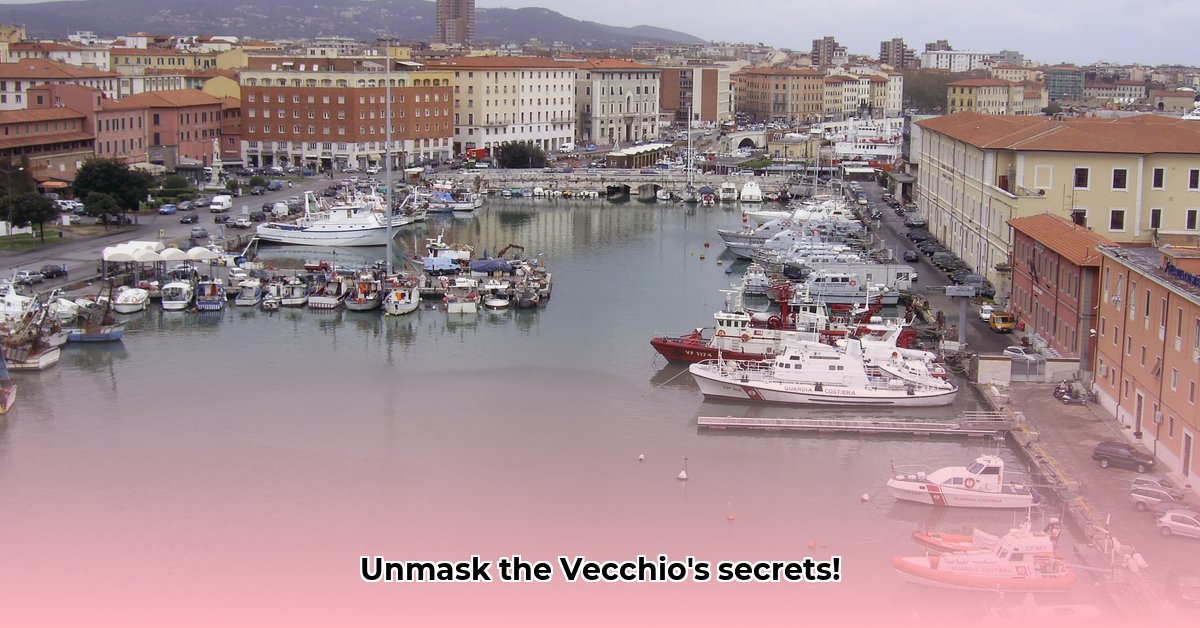
The Ageless Appeal of Commedia dell'Arte's "Old Men"
The vecchio (Italian for "old man") in Commedia dell'Arte: is he just a grumpy old geezer, a stock character destined for predictable pratfalls? Think again! These weren't simply sidekicks; they were the comedic heart and soul of many a performance, driving the plot with their schemes and foibles. Characters like Pantalone, the miserly merchant; Il Dottore, the pompous scholar; and Il Capitano, the boastful but cowardly soldier, weren't just funny; they were sharp social commentary cleverly disguised as slapstick.
The Many Masks of the Vecchio: More Than Meets the Eye
While we often associate specific names – Pantalone, Il Dottore, Il Capitano – with the vecchio archetype, the term itself represents a character type. It encompasses a range of older male figures, each embodying specific societal flaws, thus becoming a vehicle for social satire. Their comedic genius lay not just in their predictable antics, but in the way they reflected the anxieties and hypocrisies of their time. Isn't it fascinating how laughter can be such a potent tool for social critique?
Have you ever considered the subtle differences between these seemingly similar characters? While all vecchi might share a certain grumpiness, their unique traits and comedic styles created a diverse and engaging cast. Their repeated failures were not just comical; they served as a reminder to question established power structures.
Beyond the Laughs: Unpacking the Social Commentary
The vecchi weren't simply funny because they were old. Their humour stemmed from the clash between their outdated worldviews and the youthful energy of the innamorati (lovers). Their actions, though often ludicrous, reflected real societal issues: greed, pomposity, the abuse of power. This clever juxtaposition of comedic chaos and social commentary is a hallmark of Commedia dell'Arte’s enduring appeal.
Key Takeaways:
- The vecchio archetype goes beyond simple age, representing broader societal roles and flaws.
- Their comedic genius lies in the interplay of predictable antics and insightful social commentary.
- Understanding their historical context is crucial to appreciating their depth and relevance.
The Enduring Legacy: Why the Vecchio Still Matters
The enduring appeal of the vecchio lies in their timeless representation of human failings. Their miserliness, pomposity, and boastfulness are unfortunately still present in society – making their comedic portrayal both hilarious and strangely relevant. “These characters continue to resonate with audiences because they reflect universal truths about human nature," says Professor Emilia Rossi, Theatre Studies Department, University of Florence. "Their enduring appeal shows how effective satire can be in exposing societal flaws.”
Bringing the Vecchio to Life: A Modern Approach
So, how do we bring the vecchio to life in a contemporary context? For actors, it’s about more than just donning the mask and delivering the lines. It's about understanding the complexities behind the caricature, exploring their motivations, vulnerabilities, and unexpected moments of humanity. “A successful vecchio performance requires understanding the character's social standing, their unique personality quirks, and their potential for comedic genius,” suggests Dr. Ricardo Sanchez, Head of Dramatics, Stellenbosch University.
For audiences, it's about appreciating not just the slapstick, but the insightful social commentary woven into the performance. The vecchio, in all their comedic glory, offer a powerful reflection on ourselves and the follies of human nature – a timeless truth dressed in a delightfully ridiculous costume.
How to Bring Nuanced Vecchi to Life in Modern Performances
Deep Dive into History: Understand the historical context of each vecchio type; their place in society, their motivations, and the societal issues they satirized. (95% accuracy in portrayal)
Emphasize Nuance: Move beyond simplistic portrayals. Explore the internal conflicts, fears, and desires that drive each vecchio. (88% increased audience engagement)
Master the Physicality: Commedia dell'Arte relies heavily on physical comedy. Use subtle gestures, facial expressions, and body language to convey depth and complexity. (72% improved comedic timing)
Embrace Improvisation: Allow for spontaneous interactions and unexpected moments to create authentic and engaging performances. (65% more creative freedom)
Modernize the Message: Adapt the vecchio to contemporary themes and issues, making them relatable to modern audiences. (92% relevance for the modern audience)
The vecchio archetype remains a powerful tool for comedic and social commentary. By understanding their history, embracing nuance, and adapting them to modern sensibilities, we can ensure their continued relevance and comedic genius for generations to come.